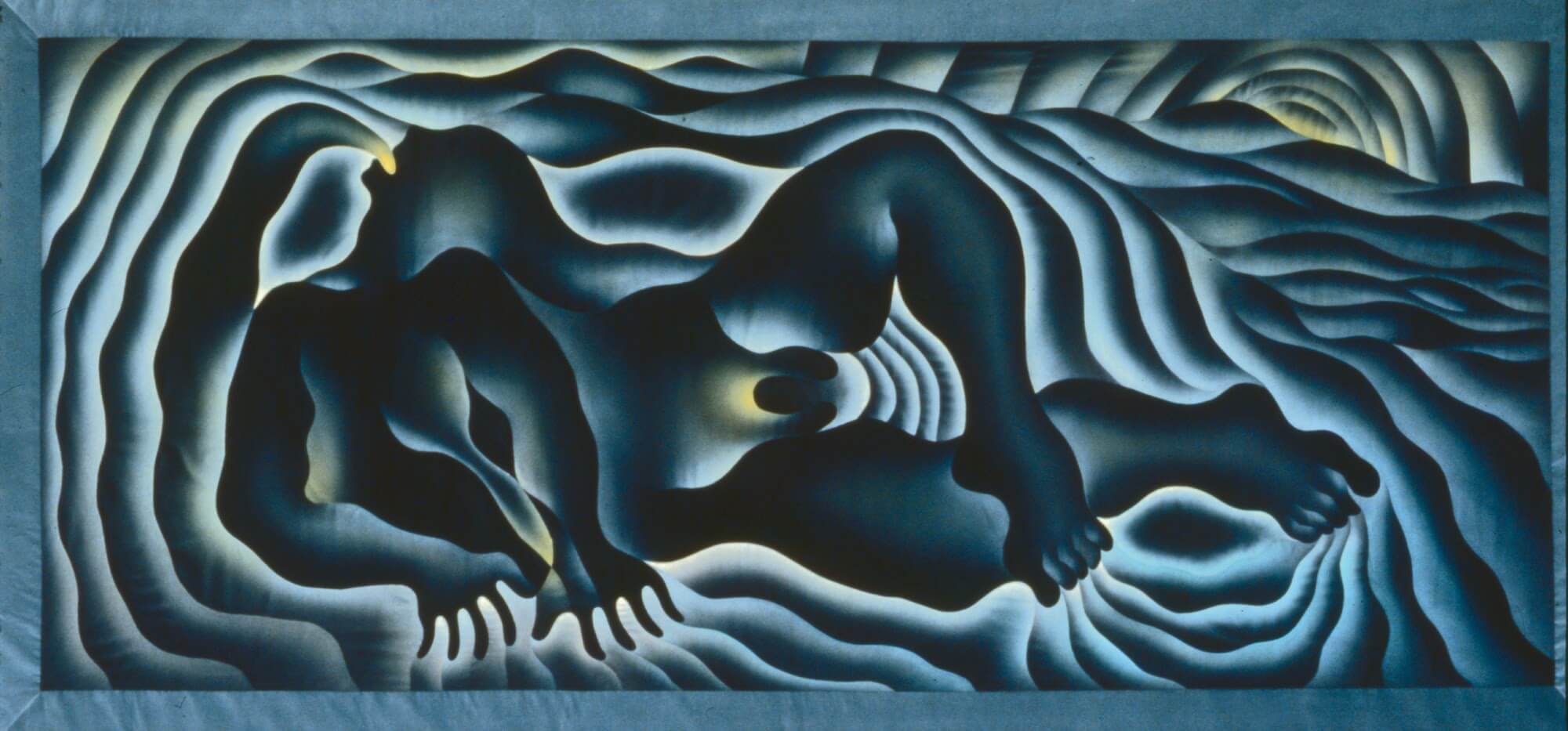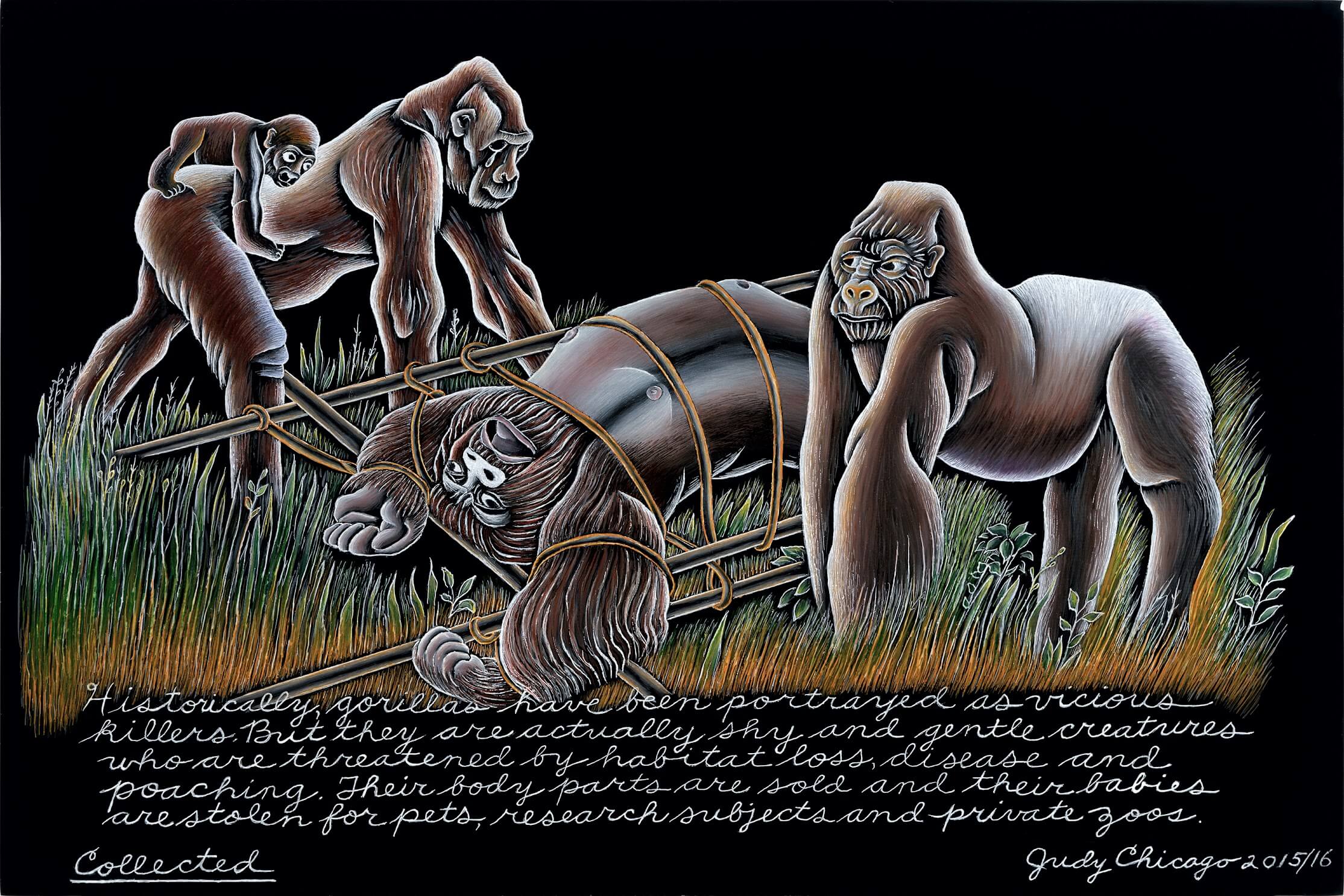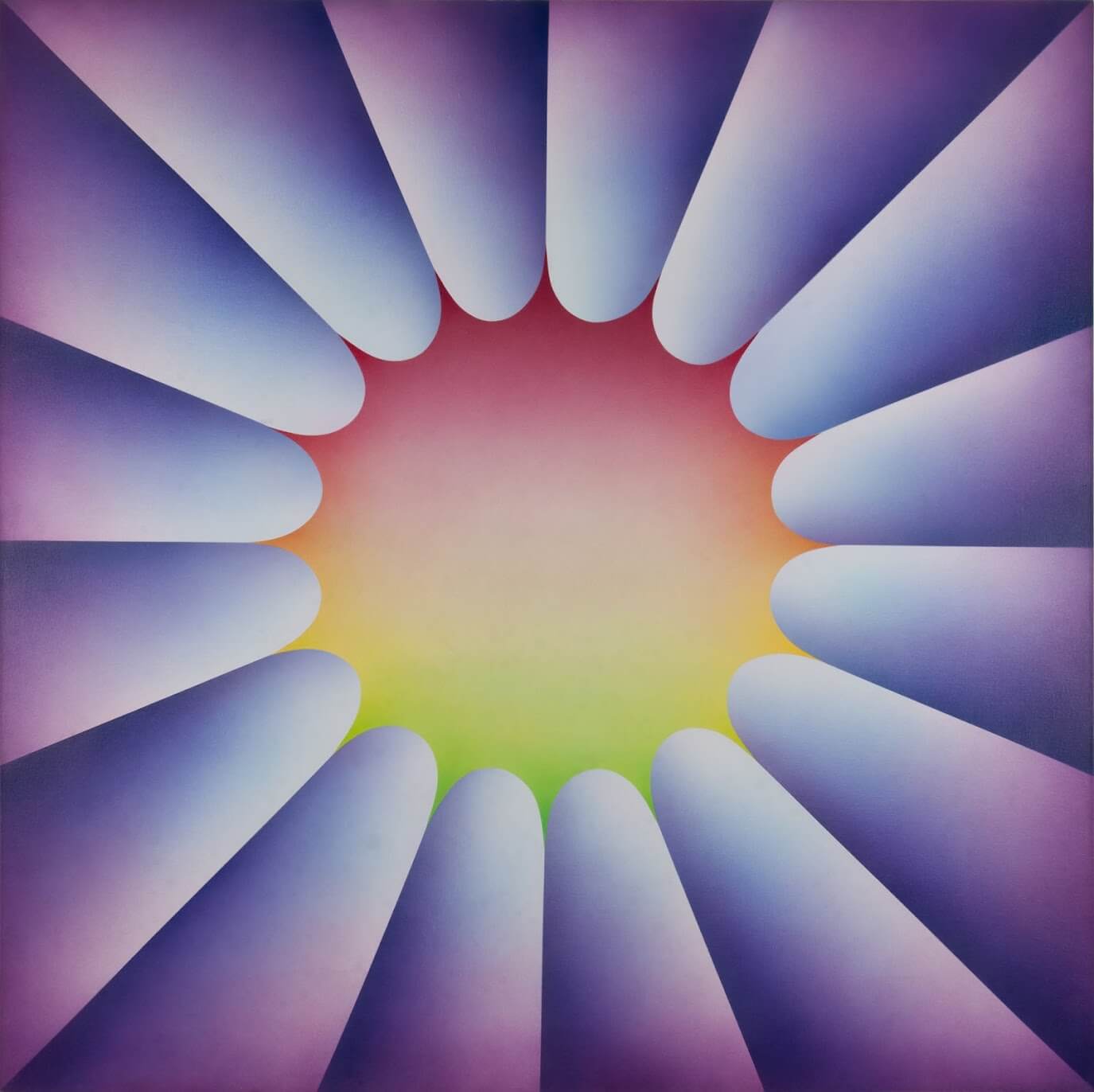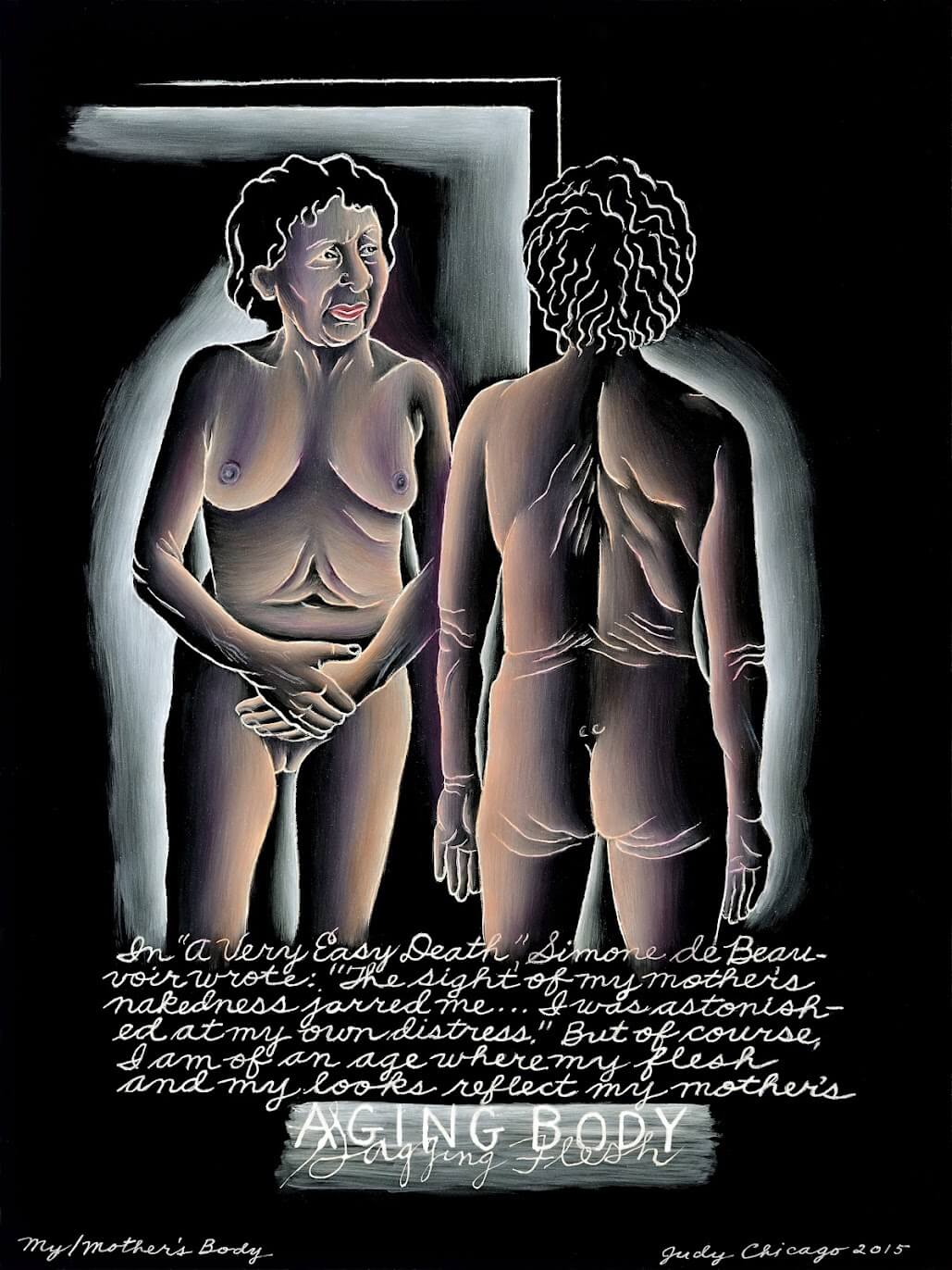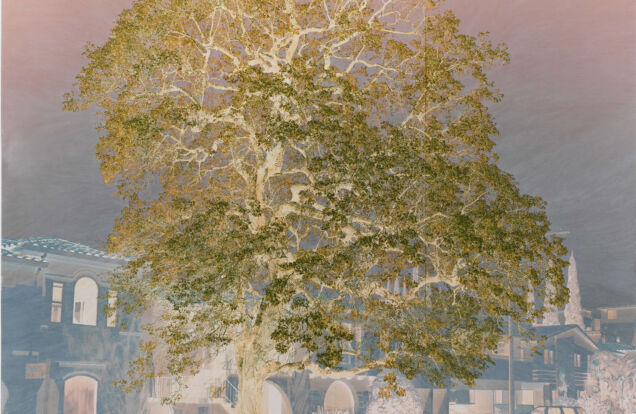JUDY CHICAGO Retrospective
The Pioneering Feminist and Groundbreaker
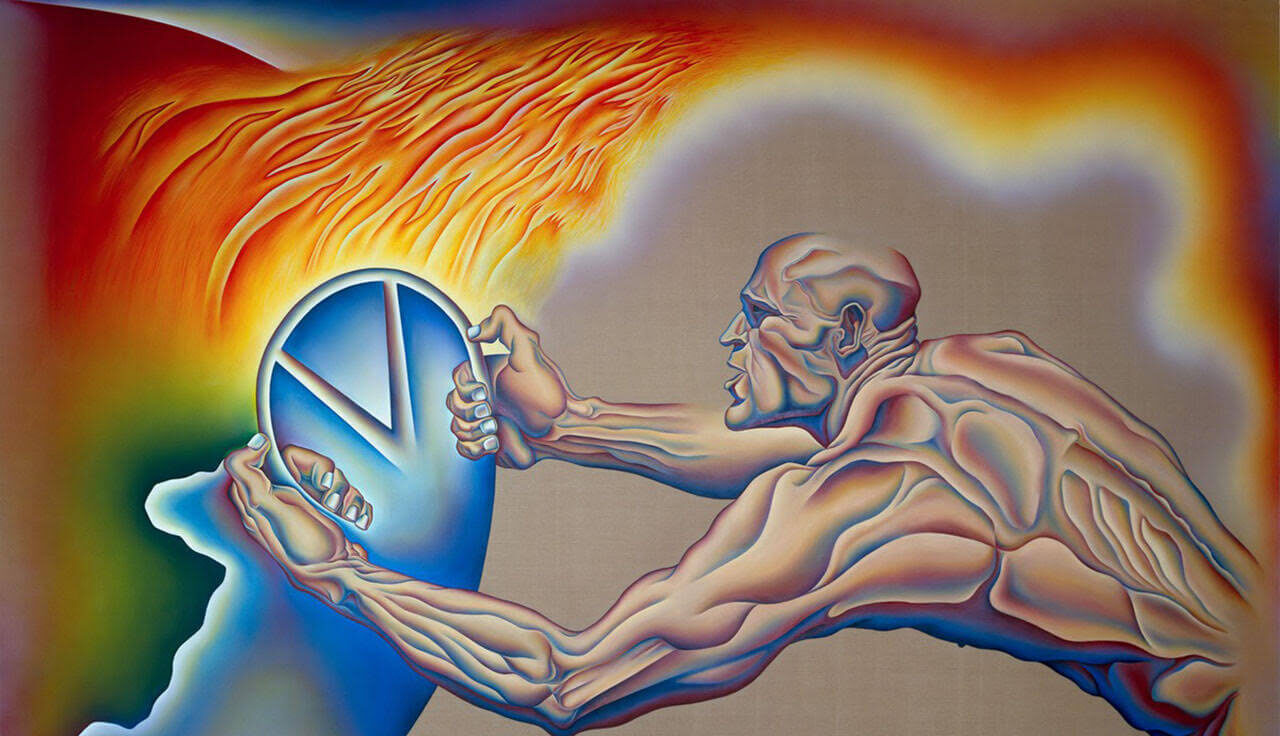
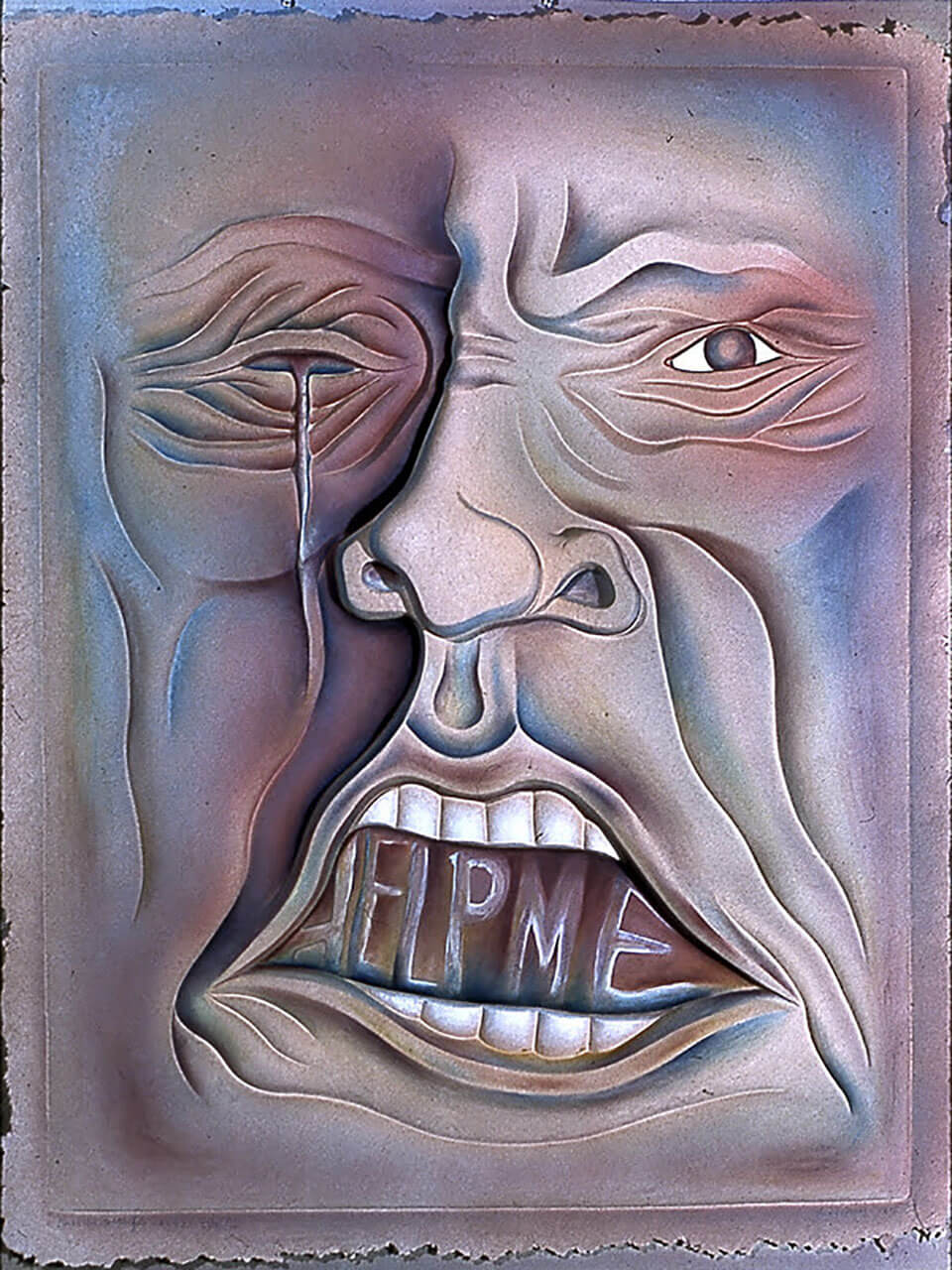
You won’t want to miss this treat from the Fine Arts Museums of San Francisco. Pioneering feminist artist Judy Chicago is being celebrated with the first retrospective of her work at the de Young Museum (San Francisco), where visitors will have the opportunity to see much of her most famous and provocative pieces. The show, titled Judy Chicago: A Retrospective, opened on August 28 and runs through January 9, 2022.
Judy Chicago is an artist whose career spans over five decades and has been an important figure in the feminist movement since her beginning. Although Chicago is best known for her groundbreaking installation piece The Dinner Party (1974-79) (which will not be on display as its permanent home is the Brooklyn Museum in New York, but is represented by preparatory studies, cartoons, drawings, ceramic test plates as well as related archival materials.) She is also an author and educator. Born in Chicago in 1939, she was one of the founding forces behind the 1970s feminist art movement. Featured in the show are over 125 paintings, drawings, ceramic sculptures, and prints, as well as ephemera, several films, and a documentary about her extraordinarily unique artistic career.

The show opened right after the 100th anniversary of women’s right to vote in the United States. Thomas P. Campbell, Director and CEO of the Fine Arts Museums of San Francisco has stated: “Judy Chicago is an artist of exceptional foresight and consequence, who is long overdue for the deep look into her artistic output that this retrospective will provide. I am proud to say that Judy Chicago: A Retrospective is one in a series of groundbreaking exhibitions at the de Young that pay homage to artists who have historically been undervalued based on their race or gender.” This retrospective is a (long overdue) complete overview of her incredible career, and visitors will be able to admire works from every series she has created since her early days. Also featured are sketchbooks, journals, and preparatory drawings that document her extensive research and development process. Pieces such as Pasadena Lifesavers, Fresno Fans, and Rainbow Pickett are examples of her early works as a young artist in Los Angeles interested in fringe techniques, and Birth Hood and Bigamy Hood are from her series of spray-painted car hoods. In October 1970, she announced her identity change (after years spent trying to tailor to a patriarchal society and after suffering the loss of her father and her young husband). She announced in Artforum that she was divesting herself of “all names imposed upon her through male social dominance.” She founded the first feminist art education program in the United States. She co-founded the Feminist Studio Workshop and the Woman’s Building, which celebrates and nourishes female artists’ creative growth and recognition.

The Curator in Charge of Contemporary Art and Programming at the Fine Arts Museums of San Francisco, Claudia Schmuckli, says: “Judy Chicago: A Retrospective reveals the continued radicality of Chicago’s practice, both in her choice of subject matter and embrace of media traditionally excluded from the art historical canon. To this day, her art is activist in its foundations. It is driven by the need and desire for social justice and an insistence on aesthetic strategies that don’t require knowledge of art history or critical theory to be legible, while being informed by both.”
Judy Chicago has played a vital role in the feminist movement, as her efforts and influence have expanded beyond the art community. This is an excellent opportunity to see most of her works in one place and to learn about her fascinating life and career. Judy Chicago: A Retrospective is on view at the de Young Museum until January 9, 2022.
“What kind of artist am I? I’m determined to follow my own vision. I’m willing to risk everything. I’m dedicated to making a contribution–art historically, culturally and socially.” –Judy Chicago
